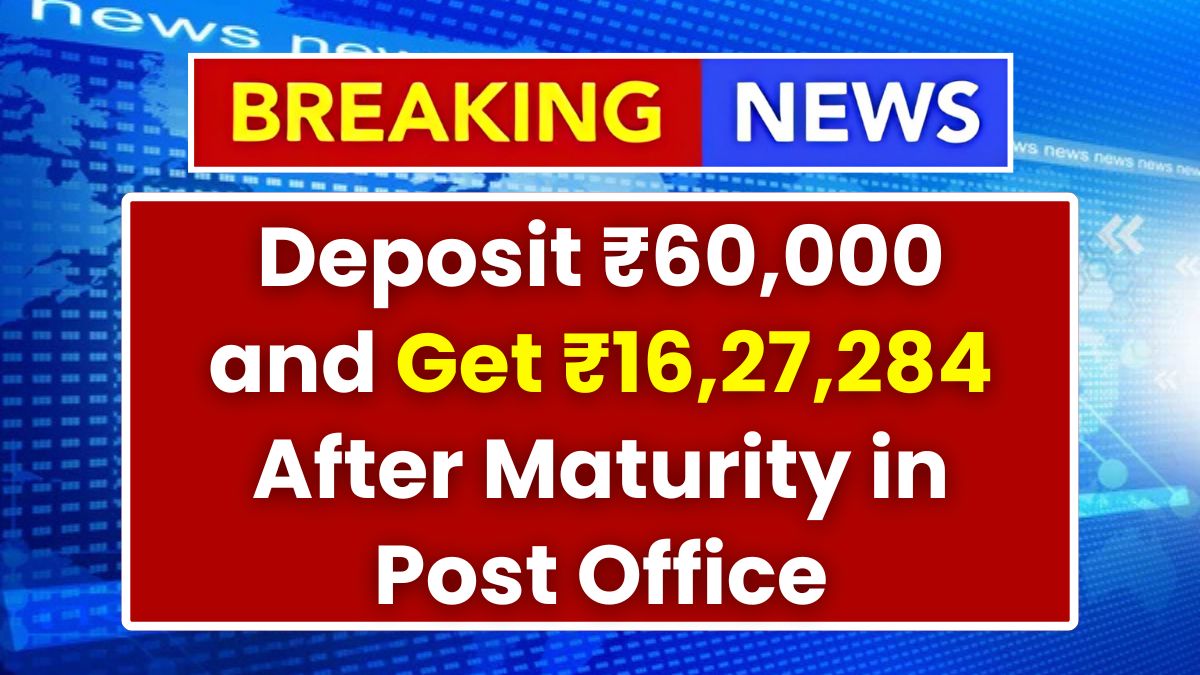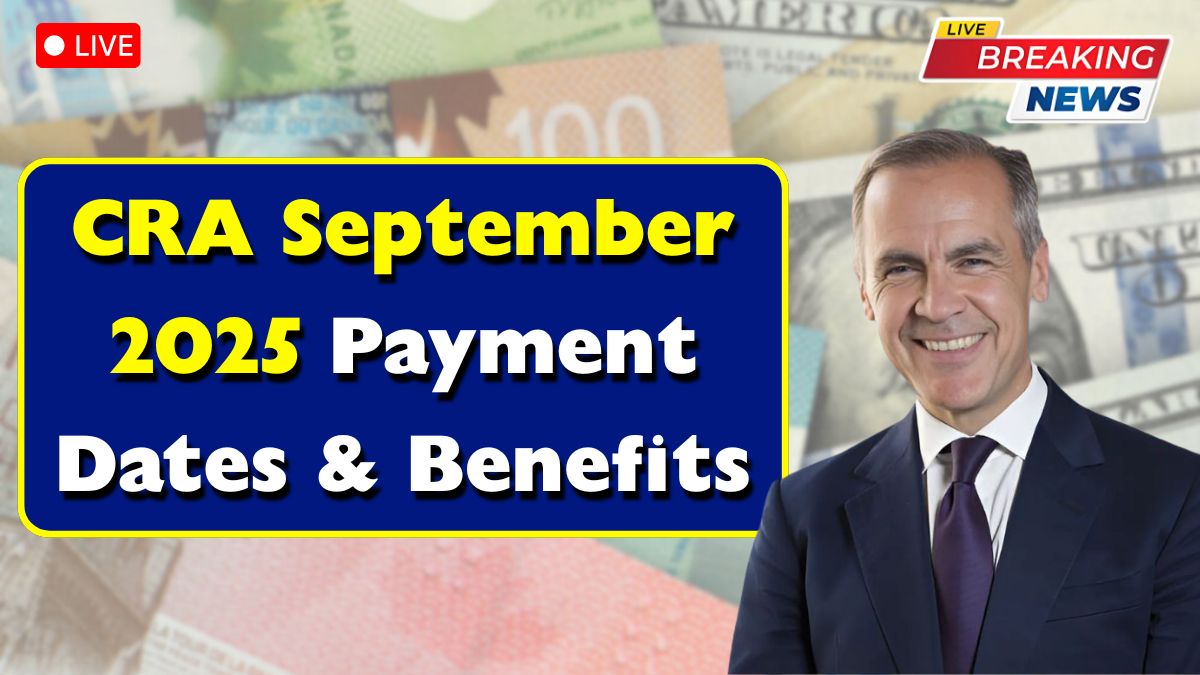Post Office Scheme: When it comes to long-term, risk-free savings, the Post Office Public Provident Fund (PPF) is still one of the best options in India. Backed by the government, it not only gives guaranteed returns but also offers triple tax benefits. Many people wonder how much wealth they can actually build with regular contributions. Let’s see what happens if you deposit ₹60,000 every year.
Current PPF Interest Rate in 2025
The PPF scheme is currently offering 7.1% annual interest, compounded yearly. The lock-in period is 15 years, but it can be extended further in blocks of 5 years if you wish to continue investing.
Read more: Canada Tax Credit Update: CRA September 2025 Payment Dates & Benefits
Calculation for ₹60,000 Annual Deposit
If you save ₹60,000 every year (that is ₹5,000 per month) for 15 years, here’s how the amount grows
| Yearly Deposit | Total Deposit (15 Years) | Interest Rate | Maturity Value | Total Interest Earned |
|---|---|---|---|---|
| ₹60,000 | ₹9,00,000 | 7.1% | ₹16,27,284 | ₹7,27,284 |
So, with an investment of ₹9 lakh, you get back around ₹16.27 lakh at maturity. That’s a gain of more than ₹7.27 lakh, completely risk-free.
Why PPF is a Great Choice
The beauty of PPF lies in three things—safety, discipline, and tax benefits. Since it is government-backed, there is no risk of losing your money. The regular deposit system helps you stay disciplined with savings. And most importantly, it falls under the EEE category (Exempt-Exempt-Exempt), which means:
- The money you invest is tax deductible under Section 80C.
- The interest earned is tax-free.
- The final maturity amount is also tax-free.
This makes it one of the rare schemes where your entire return is tax-free.
Conclusion
By investing just ₹60,000 every year in the Post Office PPF Scheme, you can build a fund of ₹16,27,284 in 15 years. For people looking at long-term, safe, and tax-efficient savings, PPF continues to be one of the strongest investment options in 2025.
Disclaimer
This article is only for educational and general knowledge purposes. Interest rates and maturity values may change as per government updates. Please check the latest details with the Post Office or your bank before investing.







